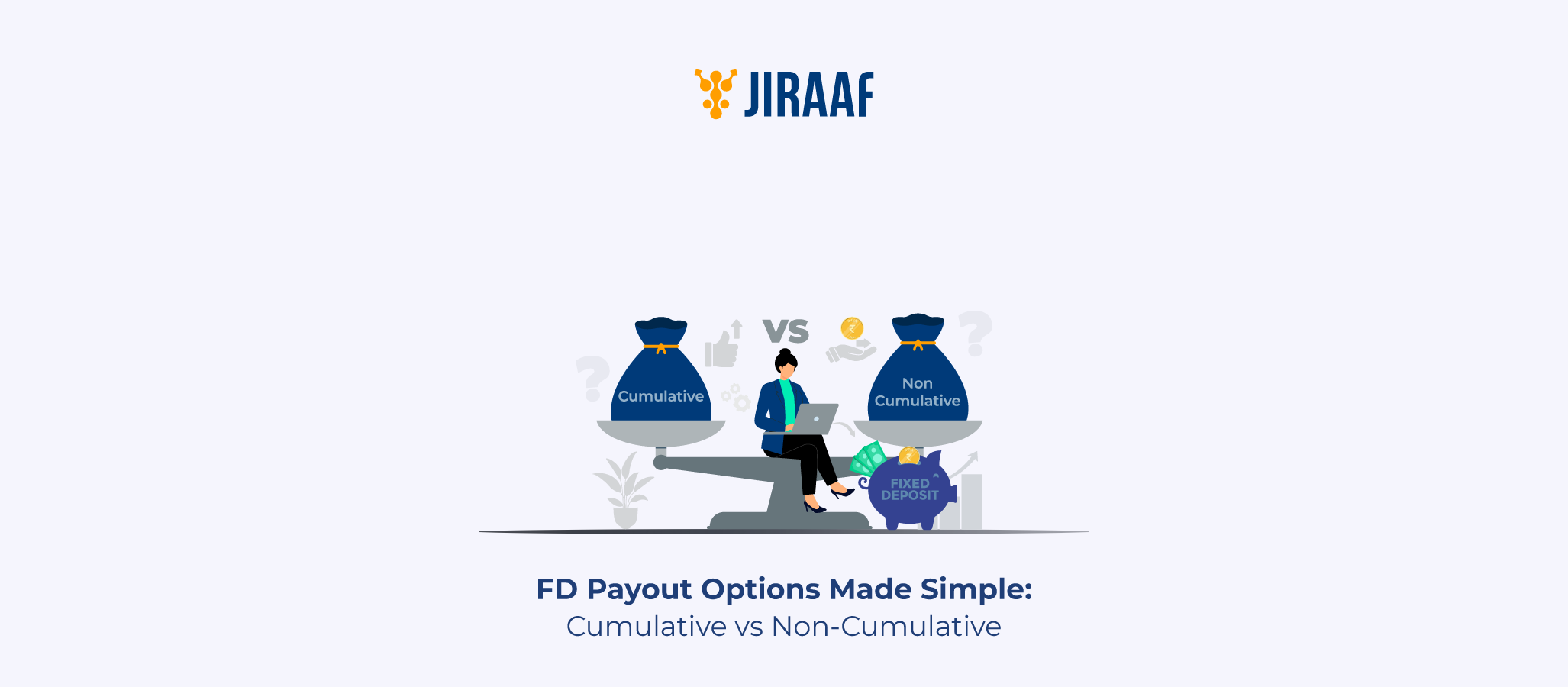Mutual funds have long been a go-to choice in the investment world, especially for beginners dipping their toes into wealth-building or busy folks who can’t constantly monitor their portfolios. Whether it’s due to limited time or know-how, many investors lean on mutual funds for their simplicity and professional management.
But once you’ve picked a fund, how do you keep tabs on how it’s performing? That’s where a mutual fund factsheet steps in, offering a clear snapshot of everything you need to know about your investment’s health.
So, what exactly is a mutual fund factsheet? It’s a concise document, usually updated monthly or quarterly (depending on the fund house and regulatory requirements), that breaks down a fund’s performance, holdings, fees, and more in an easy-to-digest format. Think of it as your fund’s report card, helping you make smart decisions without getting lost in jargon.
Ready to discover how factsheets can guide your investment journey? Dive into the article to see why they’re a must-read for every mutual fund investor!
What is a Mutual Fund Factsheet?
A mutual fund factsheet is a brief, investor-friendly document that provides an overview of the key information about a fund. It provides a concise and easy-to-read summary of the fund’s goals, strategy, performance, risk metrics, assets under management (AUM), and net asset value (NAV).
It serves as a quick reference tool for assessing if the mutual fund is in line with your financial goals and is updated at least monthly, but can also be quarterly, depending on fund regulations and the provider. Factsheets are generally available as PDFs and updated on fund websites and official regulatory portals.
As we now understand what a factsheet is, the next step is to uncover why it carries such weight for investors. After all, it’s not just a document rather it’s a window into the fund’s performance, strategy, and risks, helping investors make smarter, more confident decisions.
Why is a Factsheet Important for Mutual Fund Investors?
Factsheets emphasize honesty and transparency, while helping you determine if a fund aligns with your investing objectives and risk tolerance. Information, like your investment objectives, AUM, NAV, benchmark performance, cost ratios, and risk meter readings, must be disclosed by the fund companies under regulation such as SEBI in India or the SEC in the U.S.
Additionally, they also:
- Have a standard format, which makes it easy to compare funds.
- Keep track of everything from strategy modifications to fund manager changes.
- Analyze expense ratios, portfolio composition, and performance trends without referring to technical documentation.
Now that we’ve seen why a factsheet matters, the natural next step is to explore its key elements. After all, once you know why it’s important, you’ll want to know what to look for inside it.
Key Elements of a Mutual Fund Factsheet
A factsheet is more than a quick summary; it’s a handy snapshot that gives you the essentials of a fund in one place. Each element tells a part of the story, making it easier for investors to grasp the bigger picture and take smarter decisions.
- Basic fund information
- Fund type and goal (For example, short-term debt, large-cap growth).
- NAV for all available options (usually direct plan, regular plan, growth option, and dividend option, if applicable).
- AUM, which represents total fund size, is seen as a stand-in for scale and trust factor among investors.
- A benchmark index for comparing performance, exit/entry loads, and minimum investments.
- A risk meter that indicates volatility (low to extremely high).
- Fund manager details
The fund manager’s name, credentials, experience, and occasionally tenure are listed here. Unexpected changes in this area could indicate changes in the behavior of funds.
- Portfolio composition and holdings
Detailed asset allocation, including top sectors, top holdings (with weightage), stock, debt, and cash, helps in the evaluation of concentration and diversification of risk.
- Fund performance data
Returns are displayed in fund performance data charts and tables for:
- One, three, or five years since the start (usually compound annual growth rate (CAGR)).
- Lump-sum and systematic investment plans (SIP) returns.
- Comparison with the benchmark.
- Despite being old, these numbers show consistency over time.
- Key ratios
- Standard deviation: Measures volatility; a higher value indicates more swings.
- Beta: Measures market sensitivity; >1 indicates volatility, <1 indicates calmer.
- Sharpe ratio: Measures risk per unit; a higher ratio is better.
- Alpha: Measures the value that the manager adds over the benchmark.
- Expense ratio: Measures annual cost as a percentage of AUM—a crucial charge that reduces profits.
- Portfolio turnover ratio: Measures the percentage of bought and sold assets; a higher ratio indicates more expenses and taxes.
Now that we’ve broken down the elements of a factsheet, the real value comes from knowing how to read and interpret them. It’s not just about scanning numbers, but about connecting the dots to see what they mean for your investment decisions.
How to Read a Mutual Fund Factsheet: Line-by-Line Guide
Reading a factsheet is about interpreting key data points to clearly understand a fund’s performance, strategy, and suitability for your goals. Let’s interpret it:
- Title and date: Verify that the sheet is up to date (typically at the last day of the previous month or quarter).
- Overview of the fund: Validate that the benchmark, investment plan, and fund category all align with what you want to achieve.
- NAV & AUM: Growth with flexibility is suggested by a moderate AUM and a consistent NAV increase.
- Performance tracking: Look for a performance chart that consistently outperforms the benchmark. Watch out for zigzag (erratic) funds.
- Portfolio allocation: Risk is reduced by a balanced distribution among industries and assets.
- Risk meter: Do you feel at ease with the volatility that has been signaled?
- Expense ratio: Comparing within the same category, the smaller the expense ratio, the better.
- Risk ratios: Better risk-adjusted returns are indicated by a high Sharpe and a low standard deviation/beta.
- Fund manager information: Management consistency boosts confidence.
- Footnotes and disclaimers: Pay close attention to any legal guidelines, benchmark modifications, or methodological adjustments.
Even with a factsheet in hand, financial jargon can make things tricky. Let’s simplify the common terms so you can read through with clarity.
Common Terms Used in Mutual Fund Factsheets
| Term | Meaning | Significance |
| NAV | Value per unit after expenses. | Buy/sell price shows fund growth. |
| AUM | Total assets managed. | Indicates scale and investor confidence. |
| Expense ratio | Annual fees as % of AUM. | A key cost affecting net returns. |
| Standard deviation | Volatility measure. | Higher = more risk. |
| Beta | Sensitivity to market swings. | Tells how market-linked the fund is. |
| Sharpe ratio | Return per unit of risk. | Higher = more efficient fund. |
| Alpha | Managers’ added returns. | Positive alpha indicates outperformance. |
| Rsquared | Fund vs. index correlation. | Tells how closely the fund follows the benchmark. |
| Turnover ratio | Part of the portfolio that is traded annually. | Higher ratio = more transaction costs. |
Things to Watch Out for in a Factsheet Before Investing
Now that you have a good grasp of factsheets, it’s equally important to know about the red flags you must carefully watch out for before making any investment decision
- High expense ratio: Over time, even a 0.5% difference may dramatically decrease your returns.
- High beta, low Sharpe ratio: Risky with fewer returns.
- High turnover (>100%): This can result in extra expenses and taxes.
- Concentrated holdings: Vulnerability is increased by holding more than 30% of the top 5 equities or 50% of the top 10 stocks.
- A change in the fund manager or goals may cause a change in the performance or style of investments.
- Returns on redemption are impacted by exit/entry loads.
- Concerns regarding benchmark adherence are added by a higher tracking error value for index funds.
Conclusion
Understanding what exactly a mutual fund factsheet is and what its key elements are is a very important aspect of informed investment decision-making. If you know all the information revolving around investment objectives, risks, performance, and portfolio composition, you can be better aligned with making the right financial decisions. Keeping track of a mutual fund’s factsheet also encourages you to keep track of your investment, its progress, and where exactly your money is going.









